Things to look out for on a test drive
Published on 10 April, 2025
How to check a car over properly when you’re going for a test drive
Overview

If you’re looking to replace your car in the near future, with either something new and shiny, or perhaps second-hand and more affordable, it’s always worth taking a test drive – and that’s especially true of a used vehicle, which will no longer be in pristine, showroom condition. Here is our guide to what you should be looking out for on a test drive.

Excessive signs of wear
With second-hand cars, typically they should only be starting to show signs of significant ageing once they’re beyond the 100,000km mark, or even – if the used vehicle you’re looking at is more modern, say from 2010 onwards – 150,000km. By this, we mean smooth pedals in the driver’s footwell, a shiny steering wheel with worn patches where hands have been holding it for a long time, and tired-looking seats. Therefore, if a car you’re looking at has an advertised mileage of up to 60,000km but it is exhibiting any of these signs of age, it’s best to walk away – because the claimed mileage and the excessive signs of wear do not tally.

Physical condition
There’s no rule which says a used car cannot be sold showing visual signs of damage, but if this is the case it needs to be clearly specified in the advert for the vehicle in the first place, and accordingly the price needs to be lowered to reflect its less-than-mint condition, when compared to similar models of the same age and specification that are immaculate. But even if you’ve decided to go and look at a cheaper example of the car you want, because you know it is showing visible damage, is it worth taking the risk? If the car has lots of scuffs on its bumper, or badly kerbed alloys (that means they have ‘grazes’ all around the rim of the metal part of the wheel, from rubbing up against concrete kerbs while parking), or even dented body panels, it would suggest that the previous owners haven’t taken the greatest care with it. And if they’re prepared to sell it with that sort of thing showing, what could be hidden underneath? Did they always service the car to the manufacturer schedule? Is all its tracking and balancing out from hitting kerbs all the time, which will lead to prematurely worn tyres? Badly beaten-up cars, no matter how comparatively cheaply they’re priced, could be a money pit in the long run, so you’re better off going with a cherished example of the same car for a few more euro instead.
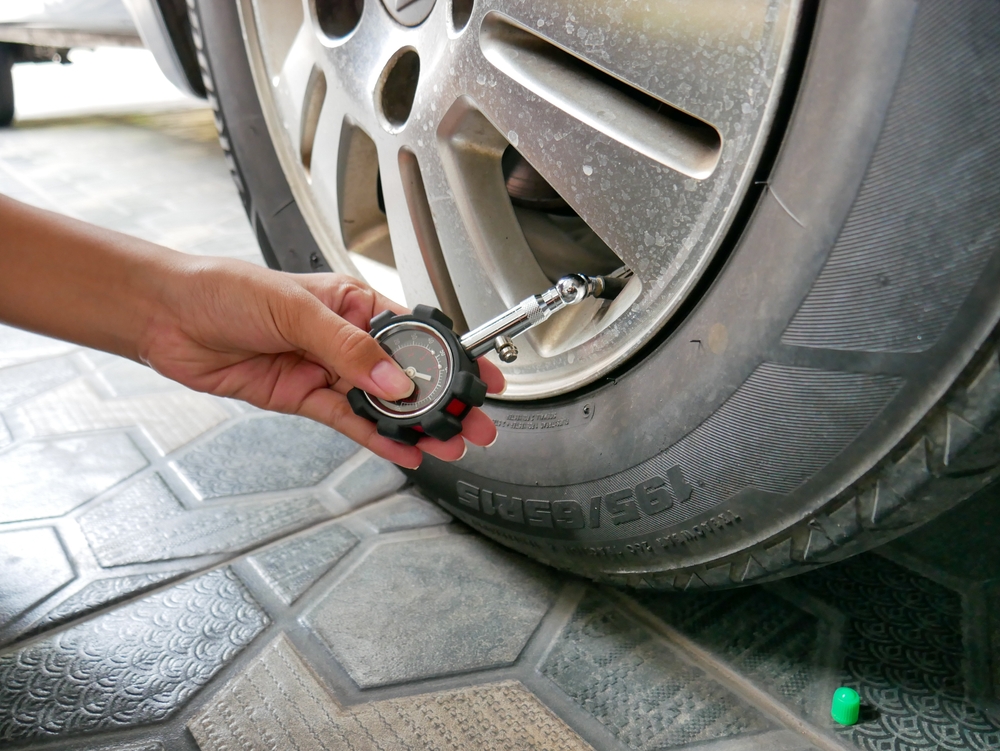
Tyre tread
It is advised that tyres have at least 3mm of tread on them, although the legal minimum tread depth – that means the grooves cut into the tyres on the surface of the rubber which rolls along the road itself – is 1.6mm. A straightforward way of checking the latter is to run a €1 coin in each of the grooves and look at it side-on. Where the coin is running in the groove, if you can see the gold band around the outside of the coin at its lowest point then the tyre is below 1.6mm of tread depth and therefore illegal.
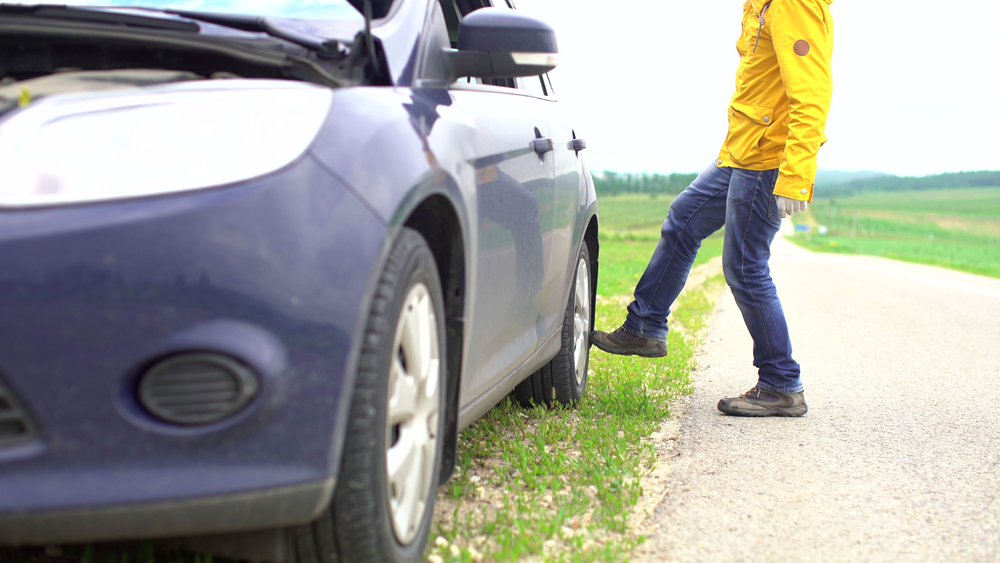
Tyre condition
Linked to the above, there might be loads of tread on the tyres, but what is their general condition? Are there large bulges or big cracks in the sidewalls (the bits of the tyres which face outward from the wheel, which surround the metal centre section)? Look for a series of letters and numbers moulded into the tyre after the letters ‘DOT’ on its sidewall, as the last four digits indicate the week and year the tyre was manufactured (e.g., ‘4720’ would mean a tyre made in the 47th week of 2020). If the tyres have been looked after and aren’t too worn, and there are no signs of damage, then they can last up to ten years in operation. But, realistically, even if they look OK, older tyres (seven years and upwards) are going to need replacing entirely, sooner rather than later.

Exterior lights
If you have someone accompanying you on the viewing and potential test drive, get them to stand outside the car at the front, back and sides while you go through testing all of the vehicle’s exterior lights – its front sidelights, its front dipped beam, its front main beam, its front fog lights (if fitted), its front indicators, its rear lights, its brake lights, its reversing lights, its rear fog light, its rear indicators, and its two side indicators. Sounds a lot, but it shouldn’t take long to test them all and for your companion to tell you if any bulbs are missing or not working properly. It’s not a dealbreaker if you need to replace bulbs, as they’re usually very cheap, but it might not be the easiest to replace them if you’re not mechanically savvy, so check them over to see what the lay of the land is.

Paperwork
It’s vital that the seller has all the relevant paperwork related to the car, most crucially the vehicle registration certificate (VRC) and the national car testing (NCT) certificate (if the car is more than two years old). It’s also advisable that the car has its original owner’s handbook, plus its service and maintenance records, although some newer cars no longer have a physical ‘service book’ and instead have their service records logged online. Spare keys are also usually a sign that the seller is legitimate – most cars come with at least two ignition keys, even on vehicles which no longer have a physical ignition barrel on the steering column (e.g., they use a starter button instead). Only one key, especially on younger second-hand vehicles, is at the very least a sign of carelessness on the part of the current owner.
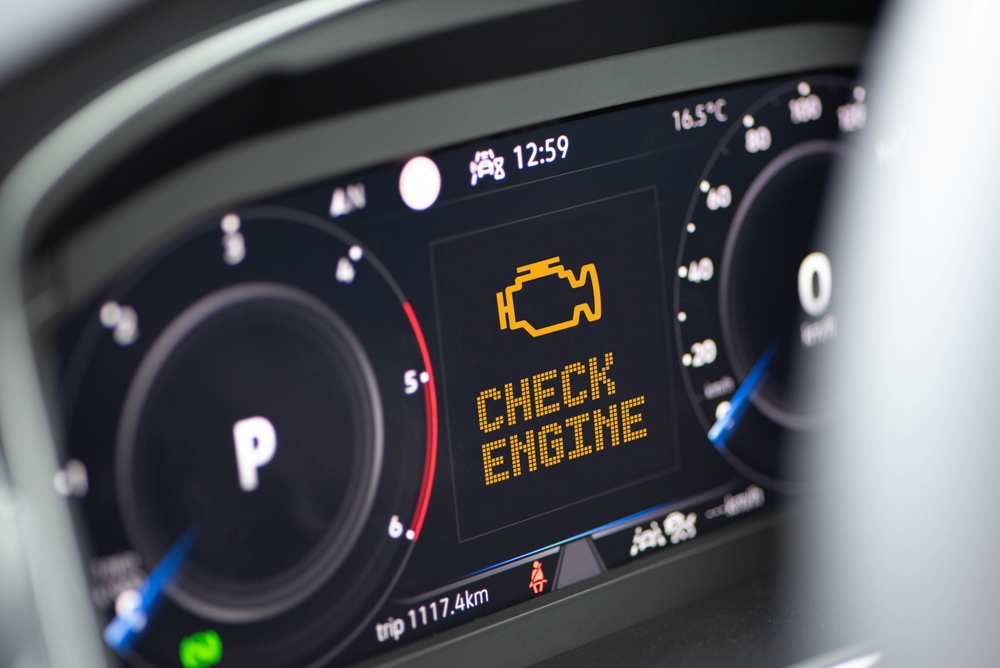
Warning lights
Any yellow, orange or – worst-case scenario – red warning lights on the dashboard, in the instrument cluster behind the steering wheel, are a worrying sign. Be aware that when the parking brake is engaged, there is a red light illuminated – it’ll either be an exclamation mark (‘!’) in a circle, with two brackets either side of it, or there might also be a similar symbol with a big capital ‘P’ in place of the ‘!’; that latter item will be on automatic cars and signifies its gearbox is in park. These two are fine, as is a yellow engine management light (EML) on start-up, but the EML should extinguish itself after just a few seconds of the engine running; the EML is a little graphical representation of an engine, with fan blades to one side of it, a small ‘T’-like graphic on top and an extrusion to the right-hand side. If it stays on, or turns red, walk away from the car.

A pre-warmed engine
If you arrive to view the car and its engine is already running, with the interior coolant temperature gauge in the middle of the dial to show the engine is warmed through’ this is a warning sign that the seller is trying to hide a cold start-up issue. The vehicle might struggle to start from a cold start-up (which means it has been switched off for a good number of hours, so all its internal fluids are cold – this would typically be at least four hours or more), or it might emit plumes of white or blue smoke as it powers into life. We’d always be suspicious of a used car with a pre-warmed-through engine when arriving to view it, unless you’ve agreed to meet the seller somewhere other than their residence and they are driving the car to the meeting; in that case, it’s unavoidable that the engine will already be warm.
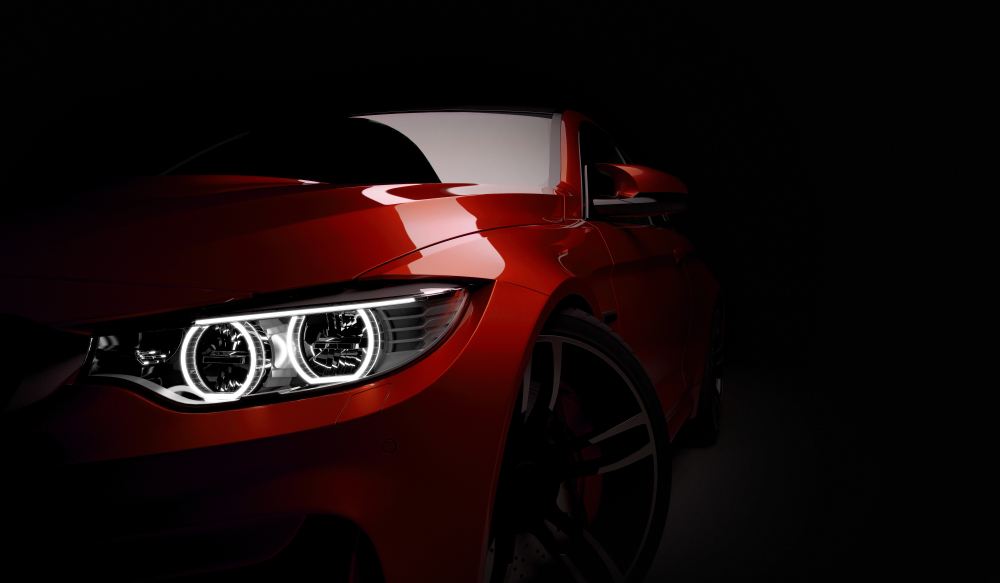
A night viewing
The first time you see the car, you want to view it in the daylight so you can thoroughly inspect its condition inside, outside and under the bonnet. It might seem like a seller is being friendly by offering to do you an evening viewing to fit with your work-life balance, but if they are insistent you view the car only in the darkness or low light levels, there’s something they’re trying to hide.

Alarming noises
If you decide the car passes all visual checks and the seller has all the right paperwork, and you therefore want to commit to a test drive itself, then great news – things are looking promising. But once you’re out on the test drive, while ensuring you are obviously keeping safe control of the car at all times, listen out for any loud, unexpected noises the car makes or any unusual behaviour. This is difficult to do, because you are not familiar with the car’s regular sounds and driving manners, but we’re talking about more obvious stuff – such as clouds of white or blue smoke coming from the exhaust while you’re accelerating, unusual rattles and clonks from any of the suspension, steering, engine or gearbox, loud, screeching or juddering brakes, and problems with selecting gear in either manual or automatic vehicles.

How does the car feel?
If it passes all of the above, then even better news – you’re getting close to finding out if this is going to be your ‘new’ car. But now you want to focus on matters more important to you. Is the driving position good, allowing for a lot of seating adjustment and providing you with excellent visibility out of the windows and mirrors? Does the car ride along pleasingly on rougher roads? Is it easy to drive and manoeuvre in heavy traffic? Are the seats good and comfortable? All of these things are going to make a car more appealing to you in the long run, so it’s worth focusing on them during that first test drive.

Try the car twice
If you do all of the above and the car is a strong contender, don’t be afraid to book another, subsequent test drive, preferably at a different time of day, to just go over a few more things in your head about it. Perhaps take it on a different test-drive route, varying the sorts of roads you’re driving on (try to ensure a mix of urban, extra-urban faster routes and then quiet country roads), or even try it in the dark – yes, we know, we said earlier not to view the car in the dark and that still holds true, but that pertains specifically to the first-time viewing. If you’ve already been to see and drive the car once before and it’s all good so far, it doesn’t hurt at all to ask for a night-time test drive so you can see what the vehicle’s headlights are like, and if it feels as comfortable and safe to drive in the hours of darkness, not just during the day. After all, if you end up buying it, you’re almost certainly going to be driving it at all times of the day and night in the years you own it, so best to know before you financially commit what’s it like in a variety of circumstances.
Latest Reviews
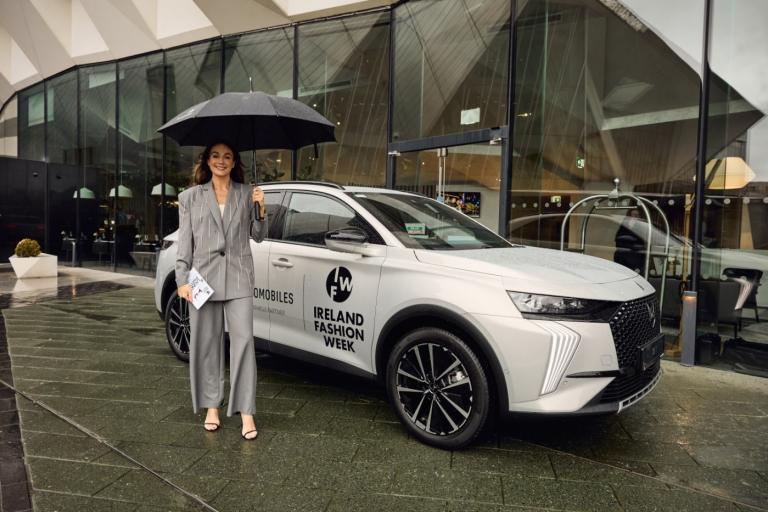
DS Automobiles Named Official Vehicle Partner for Ireland Fashion Week

Škoda Enyaq Updated for 2025 with More Range, Style, and Tech
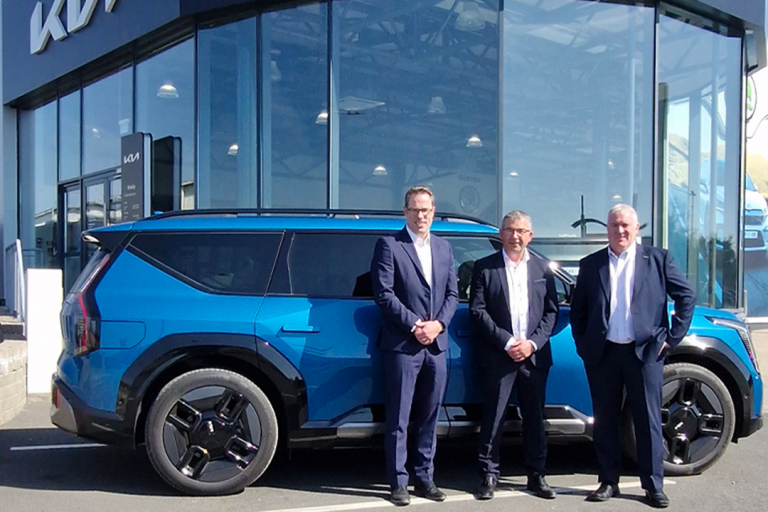
Bradys Cavan Appointed as Newest Kia Dealership in Ireland
